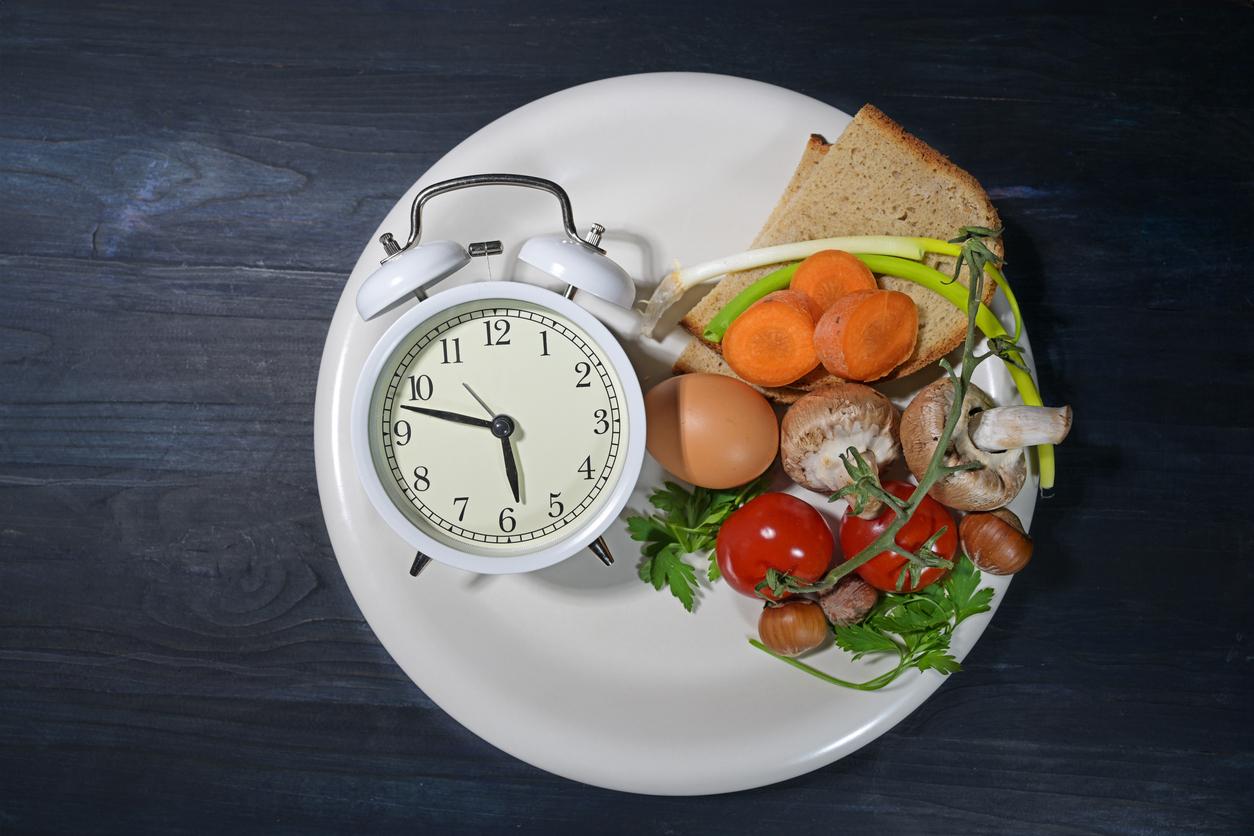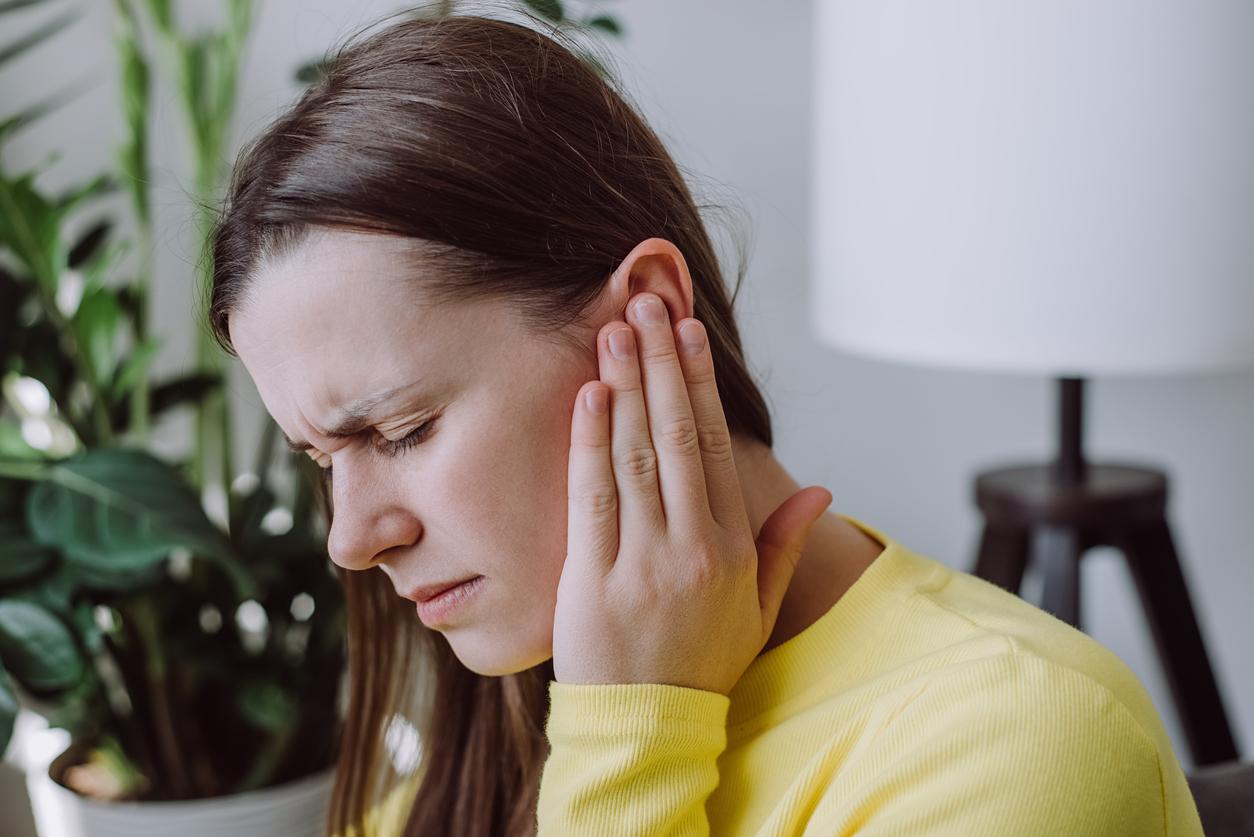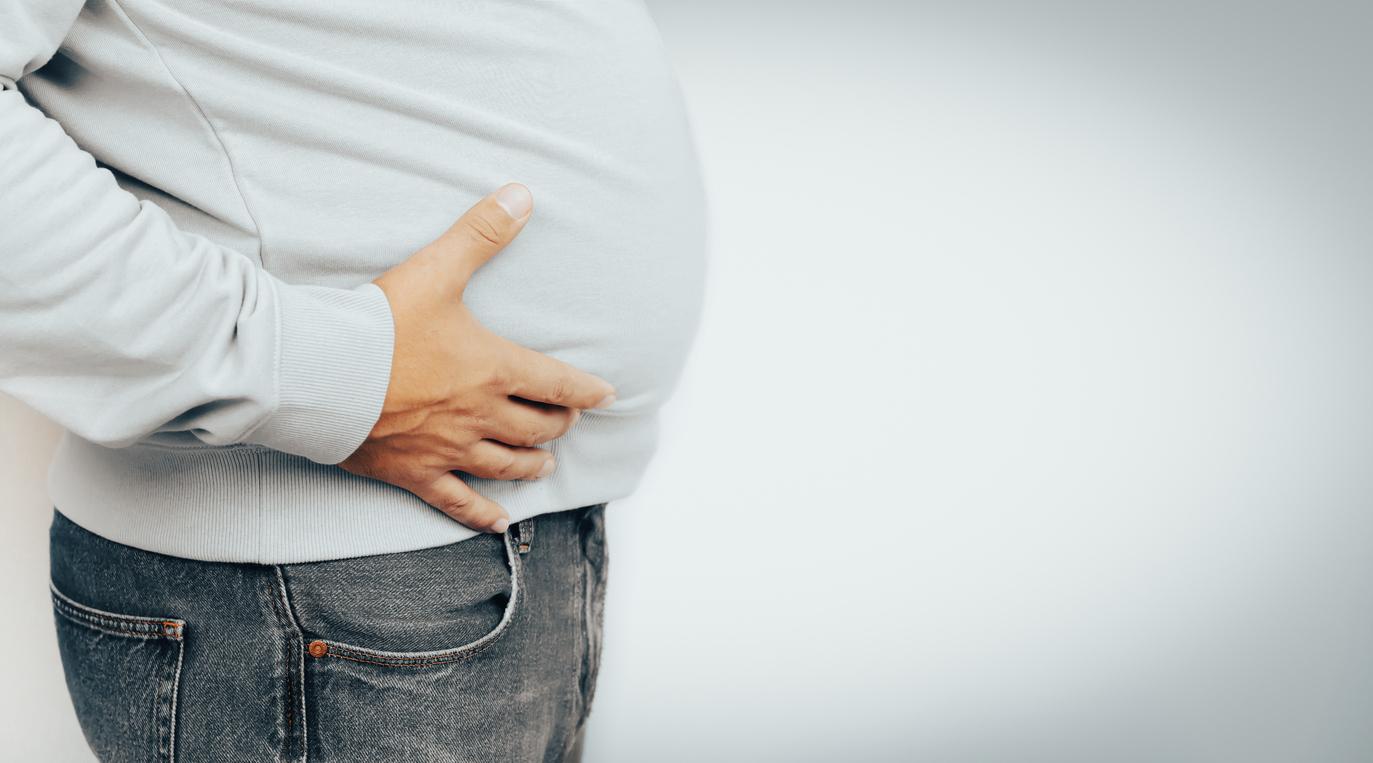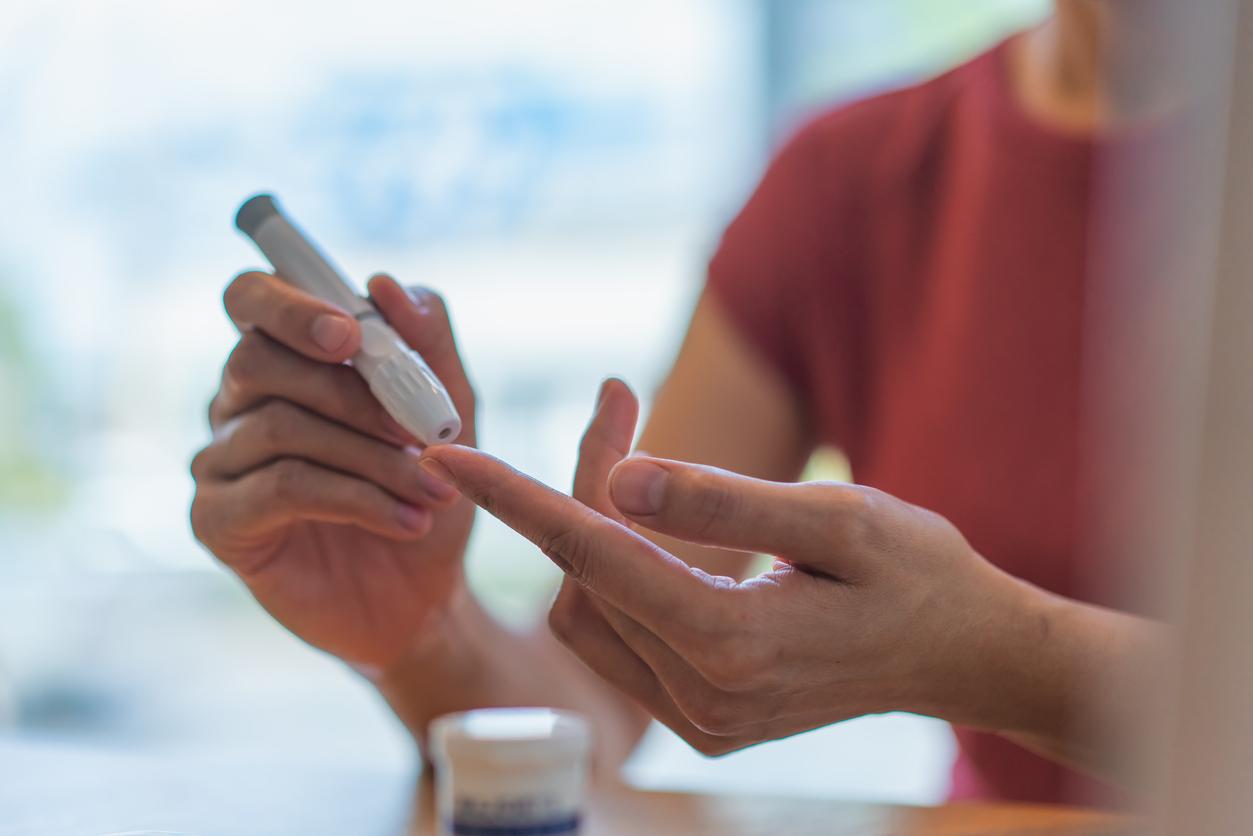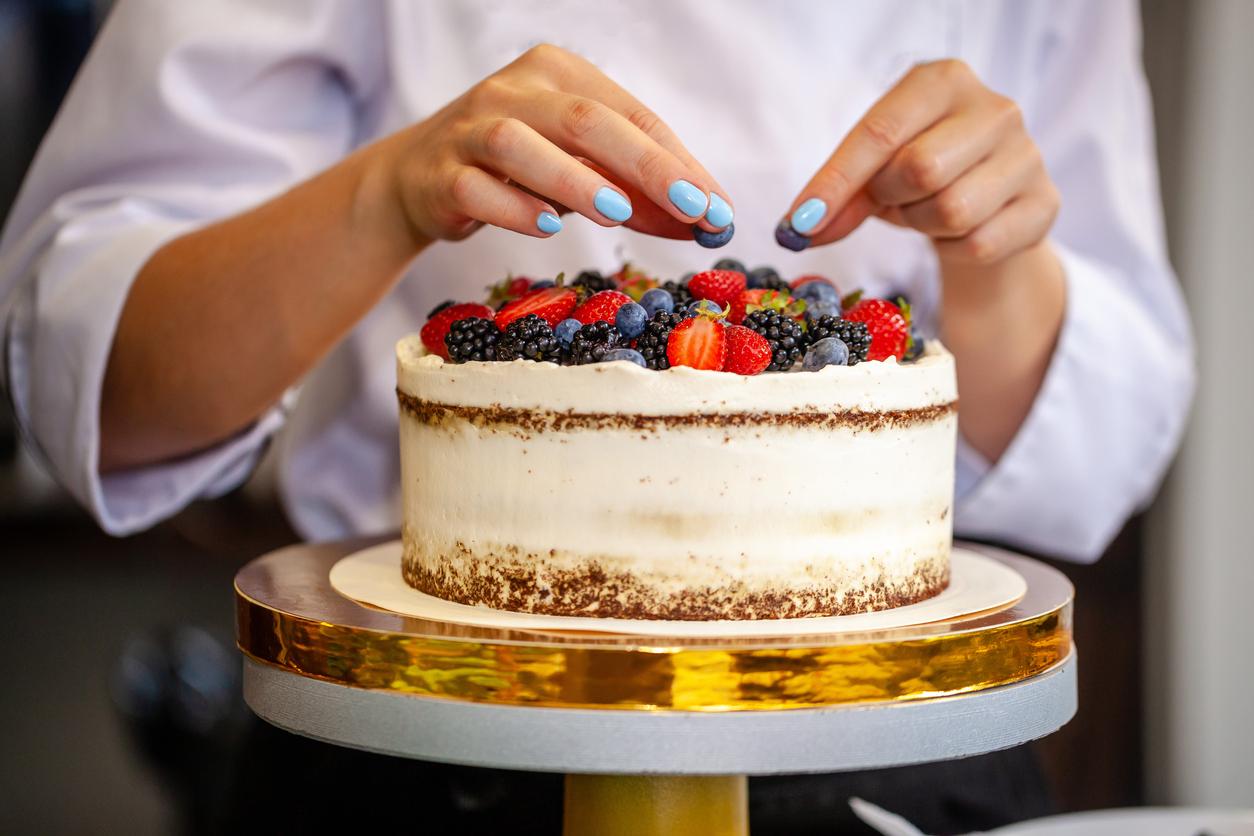
1er February 2011 – Labrador tea and black spruce cones may be as effective as a medicine in controlling blood glucose levels in people with type 2 diabetes.
Researchers1 in pharmacology at the University of Montreal have in fact discovered that these two plants, prized by certain indigenous populations of Quebec, have the ability to reduce the absorption of sugar in the walls of the intestine by about 50%.
For several years now, Professor Pierre Haddad and his team have been interested in medicinal plants and the ancestral knowledge of the James Bay Crees. One of Pierre Haddad’s students, Lisia Nistor Baldea, decided to devote her master’s degree to how the Cree treat diabetes, a disease that affects nearly 1 in 3 American Indians.
The researchers met 104 “healers” from Cree villages to present 15 symptoms associated with diabetes, including extreme thirst, frequent urination and chronic fatigue. The 17 plants most often cited were selected for experimental purposes. in vitro performed on colon cells.
The extracts of 7 plants inhibited the absorption of intestinal glucose in a manner comparable, if not slightly superior, to phlorizin and phloretin, also known for their ability to prevent the absorption of glucose.
These extracts were sourced from common juniper berries, narrow leaf kalmia leaves, club club leaves, black spruce cones, Labrador tea leaves, lingonberry berries, and leaves and roots. pitcher plant.
Surprising results
Scientists took their research further by carrying out an experiment in vivo to see the effects on live animals (rats). Four plants were selected, i.e. the two having had the most effect in the previous experiment (Labrador tea and lingonberry), one having had a modest effect (jack pine) and one which had no effect (black spruce. ).
The results surprised the researchers a bit. While Labrador tea was again effective, lingonberry and jack pine were ineffective. On the other hand, extracts of black spruce cones have also shown a regulatory effect on glucose absorption.

Pierre Haddad
How to explain the contradictory results with regard to extracts of black spruce cones? This may be due to the quantitative report – in favor of the test, researchers say in vivo – between the plant extracts and the glucose level which was not the same for the two experiments.
There is another explanation, according to Pierre Haddad. “The experience in vitro was carried out on colon cells while the absorption of glucose is rather by the small intestine, ”he says.
Of note, the plant extracts were not tested on humans in this study. “It is impossible for us to conclude that our results would have been the same on humans,” says Pierre Haddad. The results are promising and encouraging, but we’re going to have to confirm all of this in humans using clinical tests to verify their effectiveness and at what concentration. “
The present results nonetheless suggest “beneficial utility” when these plants are consumed with food to better control the absorption of sugar.
Louis M. Gagné – PasseportSanté.net
1. Nistor Baldea LA, Martineau LC, Benhaddou-Andaloussi et al. Inhibition of intestinal glucose absorption by anti-diabetic medicinal plants derived from the James Bay Cree traditional pharmacopeia. J Ethnopharmacol. 2010 Nov 11; 132 (2): 473-82.











